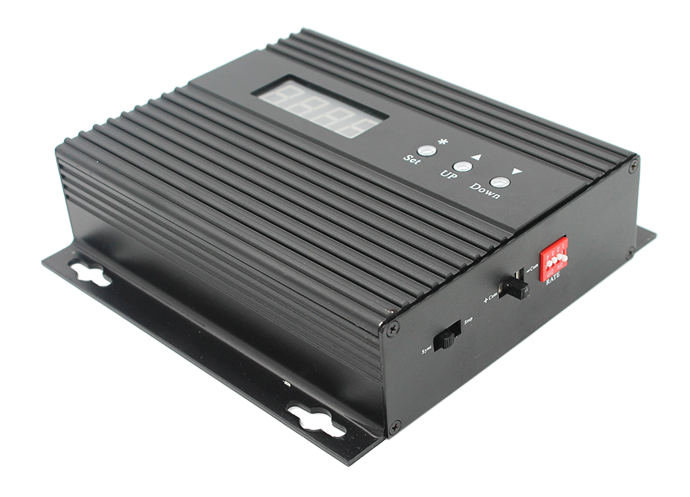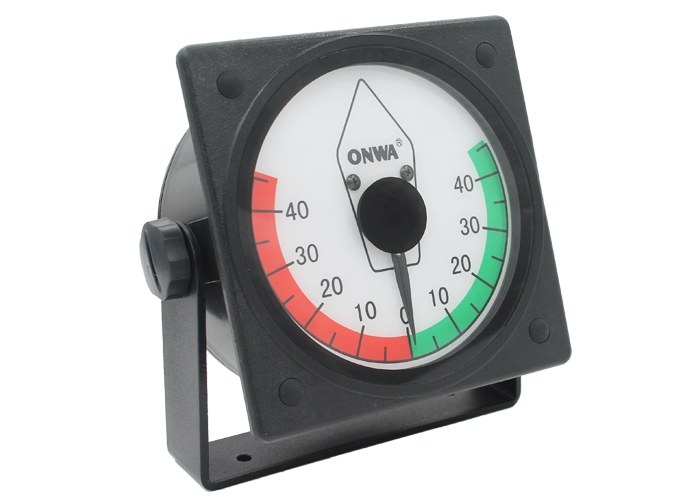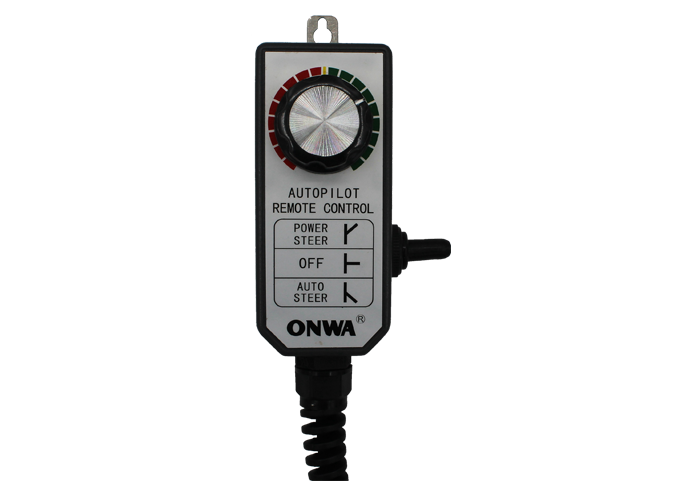What are Boat Autopilot and Accessories?
Definition and Basic Functionality
Boat autopilot and accessories refer to automated systems designed to steer a boat or ship along a set course with minimal human intervention. Typically, it involves a combination of electronic sensors, actuators, and computers to control the helm in place of a human pilot. Their primary function is to maintain a vessel's course, thus allowing the crew to focus on other navigational tasks or to rest during long passages.History and Evolution of Boat Autopilots
The history of boat autopilots dates back to the early 20th century when the first mechanical autopilot systems were invented. Over the decades, these systems have evolved from simple mechanical devices to complex, integrated systems that incorporate GPS, gyrocompasses, and digital technology. The evolution of autopilot systems reflects the advancements in navigation and maritime technology, showcasing a transition towards fully automated and highly accurate electronic systems.Importance of Autopilots in Modern Boating
In the context of modern boating, marine autopilots and accessories have become virtually indispensable. They play a crucial role in ensuring navigational accuracy, reducing the physical and mental strain on the pilot, and improving fuel efficiency by maintaining optimal routes. For leisure cruises, fishing excursions, or long voyages, the autopilot offers a level of convenience and safety that manual steering simply cannot match.Components of a Boat Autopilot System
A typical boat autopilot system comprises several key components, each performing a distinct function to ensure smooth and accurate navigation.Heading Sensor
The heading sensor, often a compass or gyroscope, detects the boat's orientation and transmits this data to the course computer. It's crucial for determining the vessel's direction and making necessary adjustments.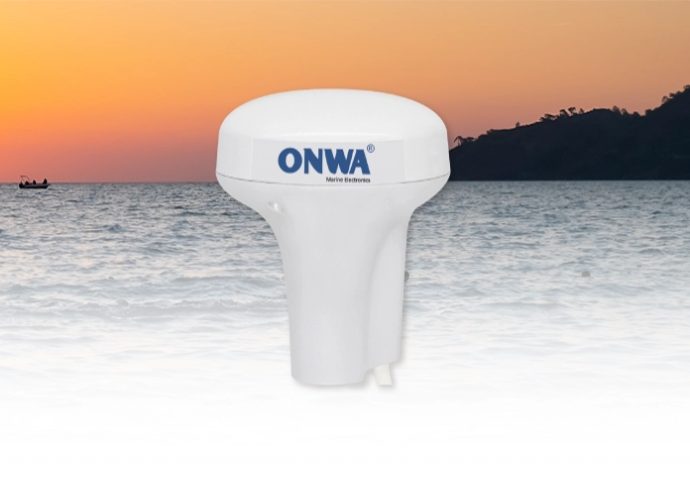
Course Computer
The course computer, or the autopilot's brain, processes input from the heading sensor and other navigational data to determine the necessary steering commands. It is programmed to follow a predetermined route or maintain a specific heading.Drive Unit
The drive unit is the mechanical component that physically turns the boat's steering mechanism in response to commands from the course computer. It can be a hydraulic pump, electric motor, or mechanical linkage, depending on the type of steering system installed on the vessel.How Do Boat Autopilots Work?
The operation of boat autopilot and accessories involves a seamless interaction between its components. Starting with the heading sensor, which continuously monitors the boat's actual heading and compares it to the desired course set by the navigator. The course computer then calculates the necessary adjustments and sends commands to the drive unit, which makes the actual steering corrections to maintain or change the vessel's direction. This dynamic process ensures that the boat remains on its intended course, compensating for wind, current, and other navigational variables. Understanding boat autopilot and accessories is essential for anyone involved in maritime activities. These systems not only mark significant technological advancements in boating but also underscore the importance of automated navigation in enhancing safety, efficiency, and enjoyment on the water. As technology continues to evolve, so too will the capabilities and complexities of these vital nautical tools, promising even greater advancements in autonomous marine navigation.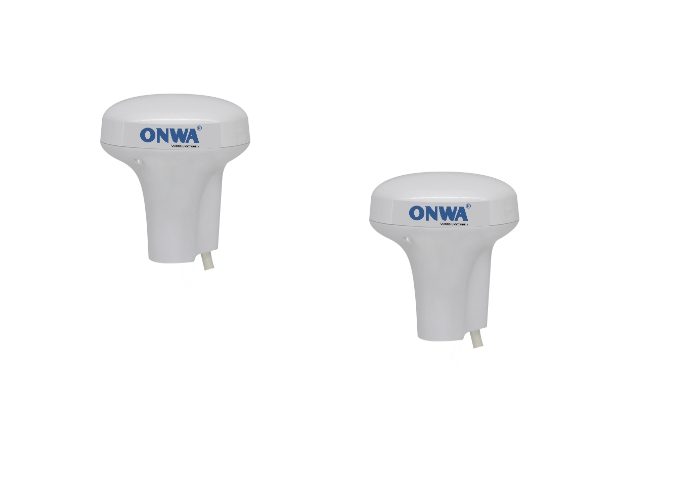
Types of Boat Autopilot and Accessories Systems
Navigating the waters has been made more accessible and convenient with the advent of various types of boat autopilot and accessories. These systems come in different configurations to cater to a vast array of vessels and sailing conditions. Let's explore the types of autopilot systems, their ideal use cases, and how they integrate with different boat steering setups.One-Axis Systems
One-axis boat autopilot and accessories are the simplest form, managing the boat's yaw (rotation around the vertical axis) to maintain a straight course.- Operation: They control the vessel's steering to keep it on a forward course, accounting for minor deviations due to wind or currents.
- Ideal for: Small boats or situations where advanced maneuvering is not required.
- Benefits: Cost-effectiveness and simplicity.
Two-Axis Systems
Two-axis systems are a step up, controlling both yaw and pitch (up and down movement of the bow).- Operation: They correct the course and pitch, which can be affected by waves and swell, offering a smoother ride.
- Ideal for: Mid-sized boats that encounter varying sea conditions.
- Benefits: Increased comfort and control in choppier conditions.
Three-Axis Systems
The most advanced, three-axis systems, control yaw, pitch, and roll (side-to-side tilting motion), offering comprehensive steering assistance.- Operation: These systems provide complete control, adjusting the boat's heading, pitch, and roll for optimum stability.
- Ideal for: Large vessels and challenging sea conditions where maintaining stability is crucial.
- Benefits: Enhanced safety, comfort, and precise navigation.
Hydraulic Steering Systems Integration
Boat autopilot and accessories compatible with hydraulic steering are specifically designed for robustness and precision.- Operation: Utilizes hydraulic pumps and rams to adjust the vessel's rudder or outboard engines.
- Ideal for: Powerboats and larger vessels equipped with hydraulic steering systems.
- Benefits: Durable, dependable, and capable of handling higher torque requirements.
Cable Steering Systems Integration
For boats outfitted with cable steering, special autopilot systems are available that work seamlessly with the existing setup.- Operation: Employs electric or mechanical actuators to control the steering cable.
- Ideal for: Smaller boats and vessels where a direct mechanical linkage is used.
- Benefits: Easier installation and a more cost-effective solution compared to hydraulic systems.
Spotlight on Pontoon Boat Autopilots
Pontoon boat autopilot and accessories deserve special attention for their tailored design and functionality.- Operation: These systems are finely tuned to work with the unique steering characteristics of pontoon boats.
- Ideal for: Owners of pontoon boats looking for enhanced maneuverability and route-holding capability.
- Benefits: Customized to address the specific challenges of pontoon navigation, such as increased windage.
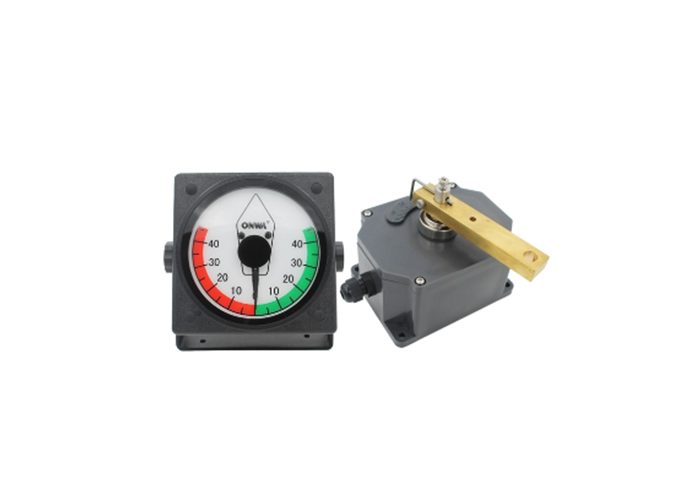
Buying Boat Autopilot and Accessories for Your Boat
When it comes to enhancing your boating experience with technology, selecting the right boat autopilot and accessories can make a significant difference. Whether it's for long voyages, fishing trips, or leisurely cruises, an autopilot system can add convenience, efficiency, and safety to your boating activities. However, the variety of options available can make the purchase decision daunting. Here are crucial factors to consider before making your investment to ensure you choose the system that best fits your needs and boat.
Key Considerations for Choosing Boat Autopilot and Accessories
Understanding the specific requirements of your vessel and navigating conditions is essential when selecting boat autopilot and accessories. By evaluating the following factors, you can narrow down your options and find a system that enhances your boating experience.Type, Size, and Style of Your Boat
- Type & Style: The kind of boat you own (sailboat, powerboat, fishing boat, etc.) significantly influences the type of autopilot system you'll need. Sailboats, for example, may require systems with wind vane sensors, while powerboats might prioritize GPS-based waypoint navigation.
- Size: The size of your boat determines the power and complexity of the autopilot system required. Larger vessels typically need more robust systems capable of handling higher torque and more complex navigational tasks.
Hydraulic vs. Cable Steering
- Hydraulic Steering Systems: If your boat is equipped with hydraulic steering, you'll need an autopilot system designed to integrate with these mechanisms. These systems are generally more powerful and suited for larger boats, offering precision and durability.
- Cable Steering: For smaller or more traditional boats with cable steering, specific autopilot systems are designed to work seamlessly with this setup. They are usually easier to install and more affordable, making them ideal for smaller vessels or those on a tighter budget.
Budget Considerations
- Cost vs. Features: Outline your must-have features versus nice-to-have features based on your typical boat use. Autopilot systems come in a wide range of prices, with more advanced features commanding a higher price tag.
- Long-Term Value: Consider the long-term value of investing in a quality boat autopilot and accessories system. A higher upfront cost might offer better durability, lower maintenance costs, and enhanced safety features that are worth the investment over time.
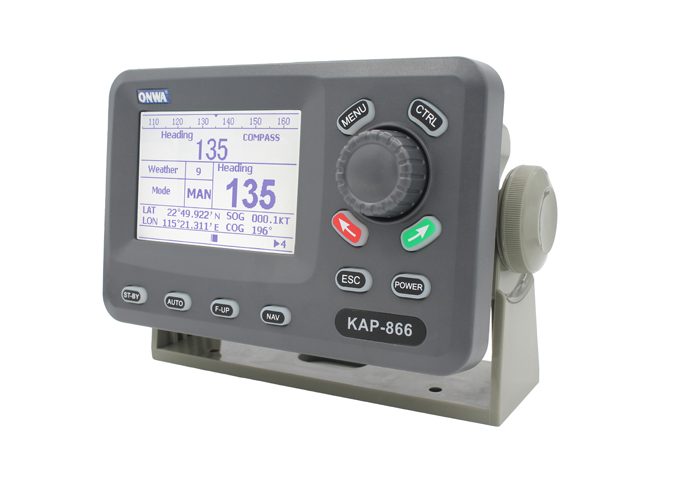
Boat Autopilot and Accessories Installation Tips and Advice
Embarking on the journey of installing boat autopilot and accessories can be a thrilling prospect for enhancing your boating experience. However, the process involves careful planning, precision, and an understanding of your vessel's capabilities and limitations. To ensure a successful installation, it's important to consider not only the technical aspects but also whether to take a do-it-yourself approach or seek professional help.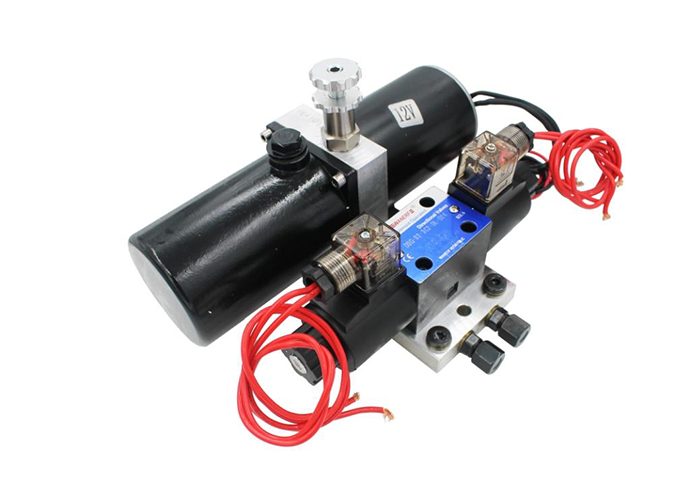
Overview of the Installation Process
An overview of the installation process for your boat autopilot and accessories is the starting point of transforming your boating experience. The process typically involves:- Assessment: Inspect your boat and the intended system to ensure compatibility.
- Planning: Read installation manuals thoroughly, gather necessary tools, and outline a step-by-step plan.
- Mounting: Decide on the placement of electronic and mechanical components following the manufacturer’s guidelines.
- Wiring: Execute careful wiring, ensuring all connections are secure and watertight.
- Calibration & Testing: Calibrate the system according to your boat’s specifics and test in a safe environment.
Choosing the Right Place for Installation
Deciding on the optimal location for installing your boat autopilot and accessories is critical. Consider the following:- Accessibility: Ensure the system's components, like the control head and course computer, are easily accessible for maintenance.
- Protection: Locate components in areas that protect them from the elements and potential impact.
- Interference: Avoid placement near equipment that may cause electronic interference.
DIY vs. Professional Installation
Weighing the options between a DIY or professional installation of boat autopilot and accessories is pivotal in determining the success and reliability of your system.DIY Installation
- Skill Level: Assess your own technical expertise. DIY is suitable for those with a strong understanding of marine electrical systems.
- Time & Cost: A DIY approach can save on costs if you have the time and the inclination to tackle the complexities of the installation.
- Education: Use this opportunity to become intimately familiar with your system, which can be beneficial for troubleshooting.
Professional Installation
- Reliability: A professional installation guarantees that the system is installed correctly and is less likely to encounter issues in the future.
- Certification: Certain boat autopilot and accessories may require certified installation for warranty purposes.
- Peace of Mind: Knowing the system has been professionally installed can provide peace of mind, especially in challenging navigational situations.

